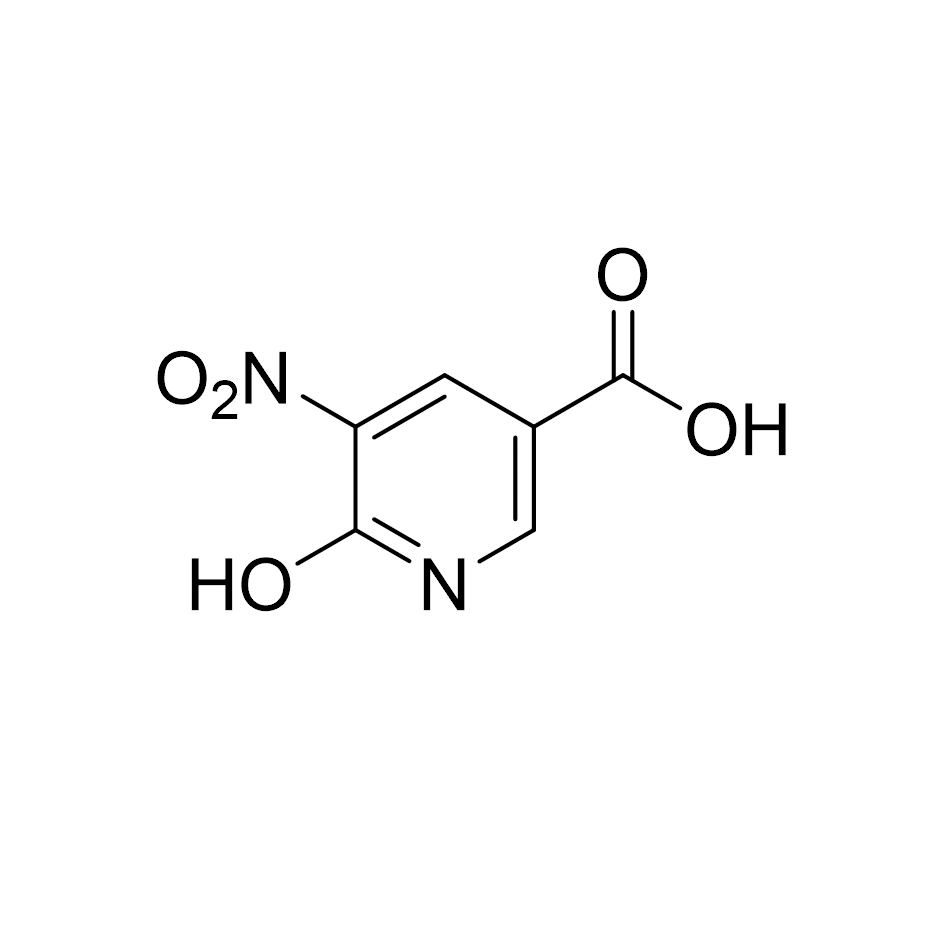- Abemaciclib Intermediates
- Larotrectinib Intermediate
- Ivacaftor Intermediates
- AZD-9574 Intermediate
- AZD-5305 Intermediate
- Delafloxacin Intermediates
- Ponatinib Intermediates
- Baloxavir Intermediates
- Lisapram Intermediates
- Suzetrigine(VX548) Intermediate
- Resmetirol GL3196 Intermediate
- Dotinod Intermediates
- Other Intermediates
6-Hydroxy-5-nitronicotinic acid CAS:6635-31-0
ZhonghanProduct Overview
6-Hydroxy-5-nitronicotinic acid is a fine chemical with unique value in the fields of organic synthesis and pharmaceutical research and development.
ZhonghanStructural formula
Molecular formula |
C6H4N2O5 |
Molecular weight |
184.11 |
Boiling point |
363.6±42.0 °C (Predicted) |
Density |
1.70±0.1 g/cm3 (Predicted) |
Storage conditions |
Inert atmosphere, Room Temperature |
Acidity coefficient (pKa) |
3.09±0.50 (Predicted) |
Melting point |
269-271 |
Form |
Powder crystal |
Color |
Light yellow to thick yellow |
ZhonghanPhysical properties
1. Appearance: Usually light yellow to off-white powder
2. Melting point: 269℃-271℃
3. Solubility: Soluble in some polar organic solvents, such as dimethyl sulfoxide (DMSO), N,N-dimethyl sulfoxide (DMF), etc., slightly soluble in water
4. Stability: Under normal temperature, dry and light-proof conditions, the compound has good chemical stability, but under extreme conditions such as strong acid, alkali, high temperature, etc., chemical reactions may occur, resulting in structural changes
5. Boiling point: 363.6℃at 760mmHg
6. Refractive index: 1.677
7. Density: 1.7
ZhonghanApplication Areas
1. Pharmaceutical field: As an important pharmaceutical intermediate, it can be used to synthesize a variety of biologically active drug factors. For example, in the research and development of some antibacterial and antiviral drugs, its unique structure can interact with specific targets in the body to play a therapeutic role. It can also be used to synthesize some drugs for the treatment of cardiovascular diseases, nervous system diseases, etc.
2. Chemical industry: It can be used as an intermediate in organic synthesis to prepare polymer materials with special properties, functional dyes and other chemical products. In materials science research, it can be introduced into the structure of polymers by reacting with other compounds to give the materials new properties, such as optical properties, electrical properties, etc.

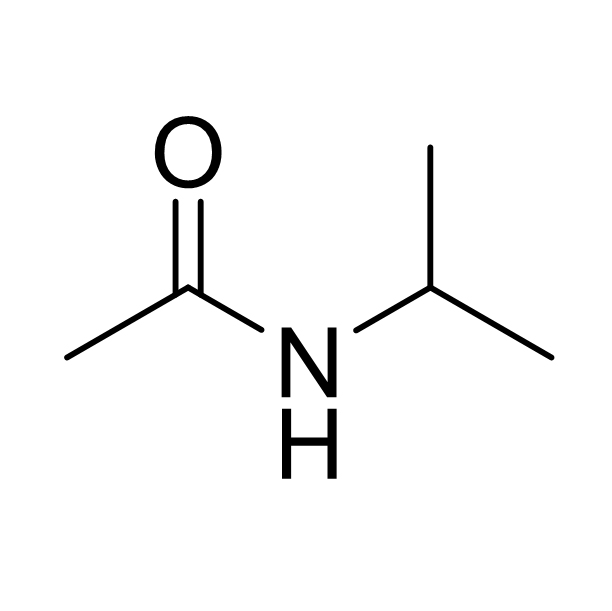
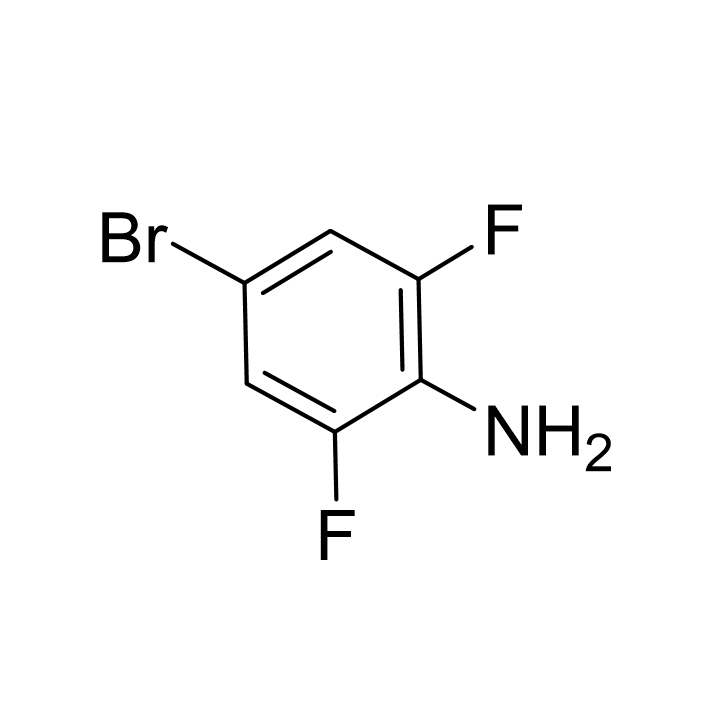
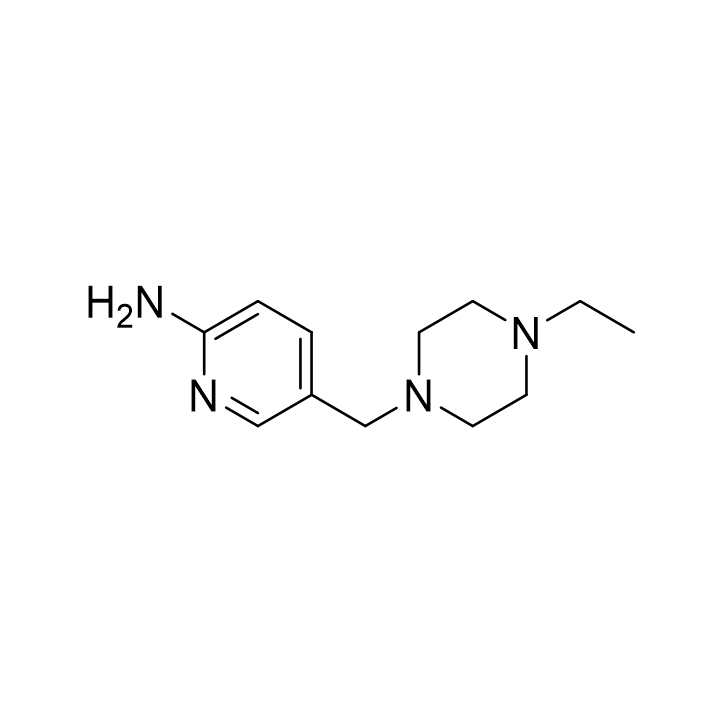
![6-Bromo-4-fluoro-1-isopropyl-2-methyl-1H-benzo[d]imidazole CAS:1231930-33-8](/source/9e9faa51f944bc7ac934c145f661fec3/cas1231930-33-8.jpg)
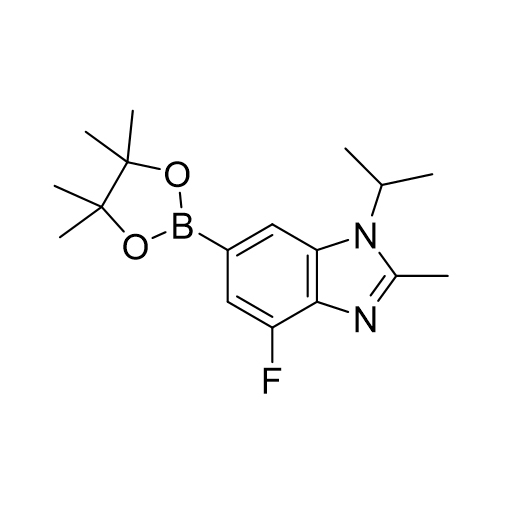
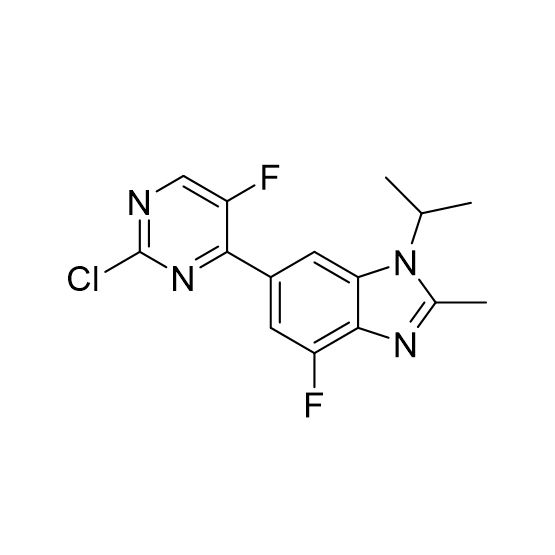
![5-Hydroxypyrazolo[1,5-a]pyrimidine CAS:29274-22-4](https://ecdn6.globalso.com/upload/p/3069/image_product/2025-02/cas29274-22-4.jpg)
![5-Chloropyrazolo[1,5-a]pyrimidine CAS:29274-24-6](/source/2d2e4c8649a6444c8114fbceac0e361d/cas29274-24-6.jpg)
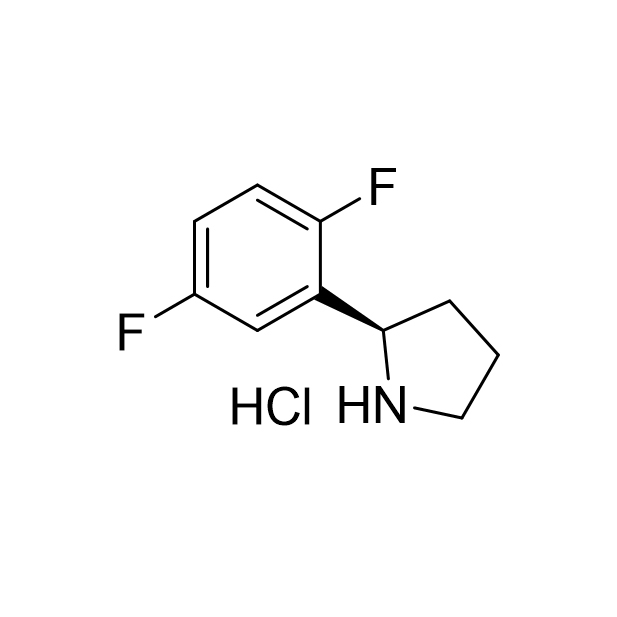
![5-Chloro-3-nitropyrazolo[1,5-a]pyriMidine CAS:1363380-51-1](/source/c735e97d9d2434baa533916048357d17/cas1363380-51-1.jpg)
